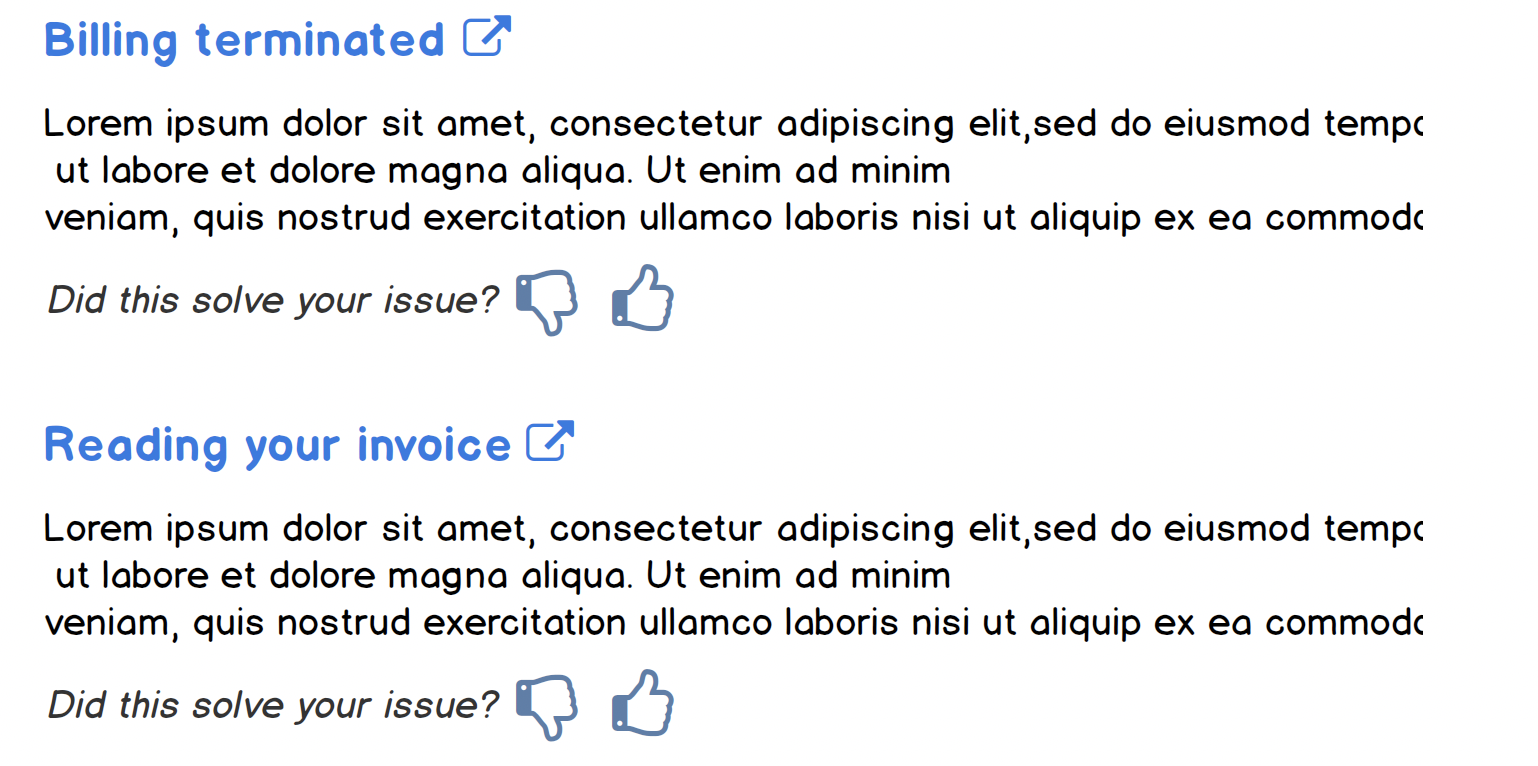Note: This answer is a frame challenge.
The checkbox should not be there at all.
According to your screenshot, your users use your search engine to find a solution to their billing problem.
You write that your users "weren't compelled enough to select [the checkbox]". And why should they be?
They have a billing problem, and so, their number one priority is to solve their billing problem. Informing you about the usefulness of the search results is, at best, at the very bottom of their list of priorities. They have a much more important problem right now than to give feedback to a random stranger on the Internet.
So, when would be the right time to ask them for feedback? After you have helped them solve their problem. Currently, you show them a snippet of a page that could help them. They don't know yet whether this page will help them or not, they need to read it first. And no, they won't make a mental note to return to the search result page afterwards to click your check box. As I said, they have much more important things to worry about right now.
So, where is the right place to ask for feedback? Right after they found the solution. This is what your "Reading your invoice" help page could look like:
Lorem ipsum dolor sit amet, consectetur adipiscing elit, sed do eiusmod tempor incididunt ut labore et dolore magna aliqua. Ut enim ad minim veniam, quis nostrud exercitation ullamco laboris nisi ut aliquip ex ea commodo consequat. Here is how to download your invoice:
- Lorem ipsum dolor sit amet,
- consectetur adipiscing elit,
- click on the "Download" button.
[ This solved my issue ] <-- should be a button, not a checkbox




